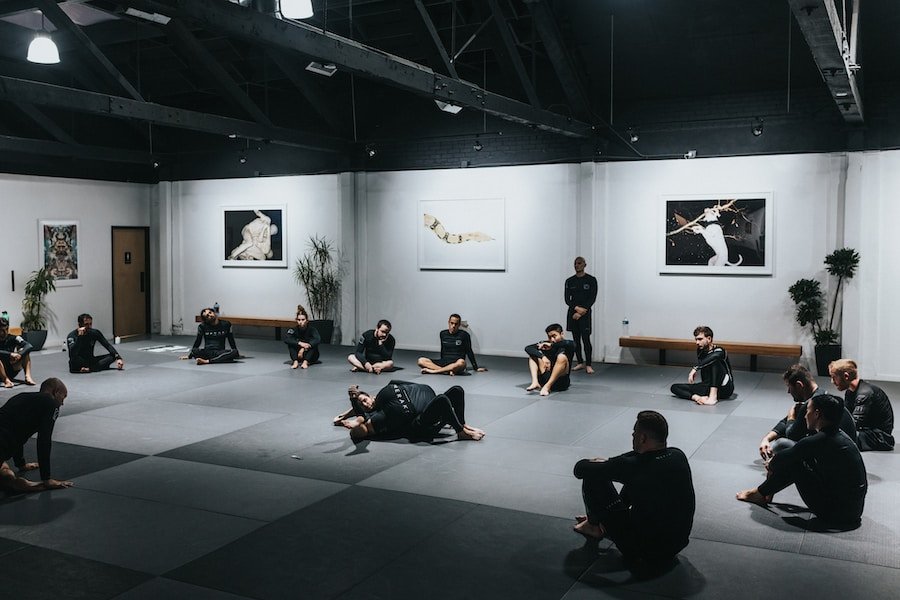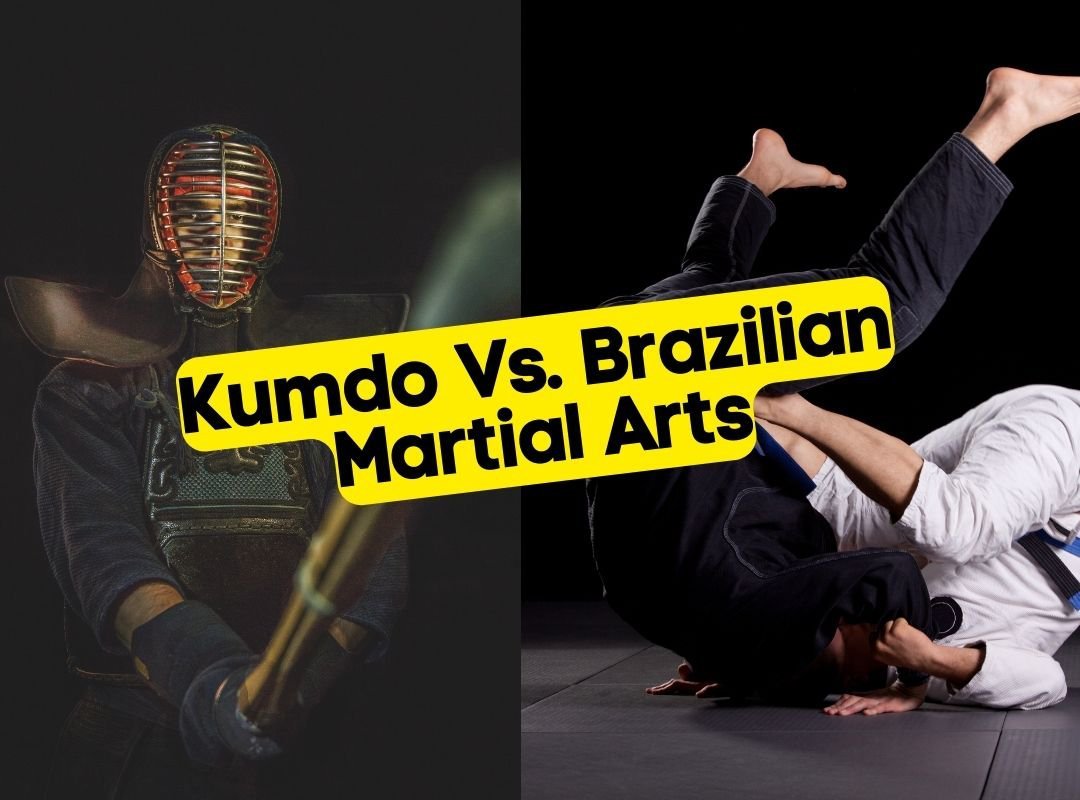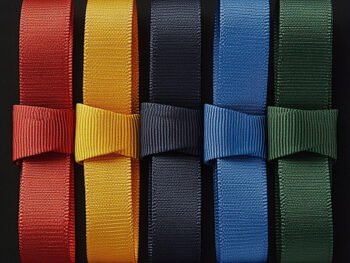Introduction
Martial arts have been an integral part of various cultures throughout history. From ancient civilizations to modern times, martial arts have played a significant role in shaping societies and individuals. Understanding the history and evolution of martial arts is crucial in appreciating its cultural significance and the values it promotes. This article will delve into the origins of martial arts, the influence of culture and religion, the emergence of different styles and techniques, the role of martial arts in self-defense and combat, its evolution as a sport, the benefits of practicing martial arts, its impact on popular culture and media, the modernization of martial arts, its globalization, and the future trends and predictions for the next generation.
The Origins of Martial Arts: Tracing Its Roots through History
Martial arts can be traced back to ancient civilizations such as Egypt, Mesopotamia, and India. These early forms of combat were primarily used for self-defense and warfare. The techniques and practices varied from region to region, but the underlying principles of discipline, focus, and physical fitness were common across cultures.
The influence of war and conflict on the development of martial arts cannot be understated. As civilizations clashed and empires rose and fell, martial arts evolved to adapt to the changing needs of combat. Techniques were refined, new styles were developed, and strategies were devised to gain an advantage on the battlefield.
Chinese and Japanese martial arts have had a profound impact on the modern practice. Chinese martial arts, such as Kung Fu, emphasize fluid movements, internal energy cultivation, and the use of weapons. Japanese martial arts, such as Karate and Judo, focus on discipline, respect, and the development of character. These two traditions have influenced martial arts practices around the world and continue to be widely practiced today.
The Influence of Culture and Religion on Martial Arts
Martial arts have always been closely intertwined with spirituality and philosophy. Many martial arts practitioners view their training as a means of personal growth and self-discovery. The connection between martial arts and spirituality can be seen in the practices of meditation, breathing exercises, and the cultivation of inner strength.
Buddhism, Taoism, and Confucianism have had a significant impact on the philosophy and values of martial arts. Buddhism emphasizes compassion, non-violence, and the pursuit of enlightenment. Taoism promotes harmony with nature, balance, and the cultivation of inner peace. Confucianism emphasizes ethics, morality, and the development of virtuous character. These philosophies have shaped the principles and values of martial arts, emphasizing the importance of discipline, respect, and self-control.
Martial arts also hold cultural significance in different countries. In Japan, martial arts are deeply rooted in the samurai tradition and are seen as a way to cultivate discipline and honor. In Brazil, Capoeira is not only a martial art but also a cultural expression of resistance and identity for the Afro-Brazilian community. In Thailand, Muay Thai is the national sport and a symbol of national pride. These examples highlight the cultural diversity and richness of martial arts practices around the world.
The Emergence of Different Styles and Techniques in Martial Arts
Over time, different styles and techniques have emerged within the realm of martial arts. Karate, originating from Okinawa, Japan, focuses on striking techniques using punches, kicks, and knee strikes. Taekwondo, originating from Korea, emphasizes high, fast kicks and jumping and spinning kicks. Judo, developed in Japan, is a grappling martial art that focuses on throws and submissions.
The influence of other combat sports, such as boxing and wrestling, has also had an impact on martial arts techniques. Many martial arts practitioners incorporate elements of these sports into their training to enhance their skills and adapt to different situations. The ability to adapt to different opponents and situations is a crucial aspect of martial arts training.
The Role of Martial Arts in Self-Defense and Combat
One of the practical applications of martial arts is self-defense. Martial arts training equips individuals with the skills and techniques necessary to protect themselves in real-life situations. The physical conditioning and mental preparation that come with martial arts practice can give individuals the confidence and ability to defend themselves effectively.
However, the use of martial arts for self-defense also raises ethical considerations. Martial arts training emphasizes discipline, respect, and self-control, and practitioners are taught to use their skills responsibly and only as a last resort. The goal is to diffuse and de-escalate conflicts whenever possible, rather than resorting to violence.
The Evolution of Martial Arts as a Sport and Competitive Event
Martial arts have evolved from being primarily used for self-defense and warfare to becoming popular sports and competitive events. The rise of martial arts competitions and tournaments has allowed practitioners to showcase their skills and compete against others in a controlled environment.
The inclusion of martial arts in the Olympic Games has also played a significant role in the recognition and popularity of the sport. Sports such as Judo, Taekwondo, and Karate have gained international recognition and have become highly competitive disciplines.
However, the commercialization of martial arts has also sparked controversy. Some argue that the focus on competition and winning detracts from the traditional values and philosophy of martial arts. Others believe that the commercialization has helped to popularize martial arts and make it more accessible to a wider audience.
The Benefits of Practicing Martial Arts: Physical, Mental, and Spiritual
Practicing martial arts offers a wide range of benefits, both physical and mental. Physically, martial arts training improves strength, flexibility, endurance, and overall fitness. The rigorous training and conditioning help to develop a strong and healthy body.
Mentally, martial arts training promotes discipline, focus, and mental fortitude. The repetitive nature of training helps to develop concentration and perseverance. Martial arts also teach valuable life skills such as goal setting, self-discipline, and the ability to overcome challenges.
The spiritual and philosophical aspects of martial arts are also significant. Many martial arts traditions emphasize the cultivation of inner peace, self-awareness, and personal growth. The practice of meditation and mindfulness helps to develop a calm and focused mind. The philosophical principles of martial arts, such as respect, humility, and integrity, can be applied to all aspects of life.
The Impact of Martial Arts on Popular Culture and Media
Martial arts have had a profound impact on popular culture and media. Martial arts movies, such as those starring Bruce Lee and Jackie Chan, have captivated audiences around the world and popularized martial arts. These movies showcase the physical prowess and skill of martial artists and have inspired many to take up the practice.
Martial arts have also influenced fashion and music. Martial arts-inspired clothing and accessories have become popular, and many musicians incorporate martial arts elements into their performances and music videos. The influence of martial arts can be seen in various forms of popular culture, from video games to comic books.
The Modernization of Martial Arts: Incorporating Technology and Innovation
Technology has played a significant role in the modernization of martial arts. Video analysis and motion capture technology have allowed practitioners to study and analyze their techniques in detail. Virtual reality and augmented reality have been used to enhance training and simulate real-life combat scenarios.
Innovation in training equipment and techniques has also contributed to the modernization of martial arts. The development of specialized training equipment, such as punching bags and grappling dummies, has allowed practitioners to train more effectively. New training techniques, such as plyometrics and circuit training, have been incorporated into martial arts training to improve strength, speed, and agility.
The Globalization of Martial Arts: Its Spread and Adaptation in Different Countries
Martial arts have gained popularity in different regions of the world, and each country has adapted and incorporated martial arts into its own cultural context. For example, Brazilian Jiu-Jitsu, a grappling martial art, has become popular in the United States and has been adapted to suit the needs and preferences of American practitioners.
The globalization of martial arts presents both challenges and opportunities. On one hand, it allows for the exchange of knowledge and the growth of martial arts communities worldwide. On the other hand, it can lead to the dilution of traditional practices and the loss of cultural authenticity. It is important to strike a balance between preserving the traditional values and philosophy of martial arts and embracing the opportunities that globalization brings.
The Future of Martial Arts: Trends and Predictions for the Next Generation
The future of martial arts holds many possibilities. As technology continues to advance, we can expect to see further integration of technology into martial arts training and competition. Virtual reality training simulations, wearable technology, and advanced analytics will likely become more prevalent in the martial arts world.
New styles and techniques may also emerge as martial arts continue to evolve. The blending of different martial arts styles and the incorporation of elements from other combat sports will likely result in the development of new hybrid styles. The focus on practical self-defense and real-life combat scenarios may become more prominent as martial arts adapt to the needs of the modern world.
However, it is crucial to preserve the traditional values and philosophy of martial arts. The principles of discipline, respect, and self-control should remain at the core of martial arts practice. As martial arts continue to evolve, it is important to ensure that they continue to promote personal growth, physical fitness, and mental well-being.
Conclusion
Martial arts have a rich history and cultural significance that spans across different civilizations and time periods. Understanding the origins, evolution, and impact of martial arts is crucial in appreciating its value in today's world. From self-defense and combat to sports and personal growth, martial arts offer a wide range of benefits to individuals and society as a whole. As martial arts continue to evolve and adapt to the needs of the modern world, it is important to preserve the traditional values and philosophy that have made martial arts such a powerful and influential practice.









